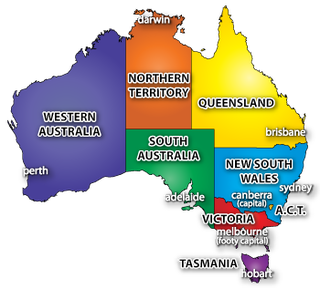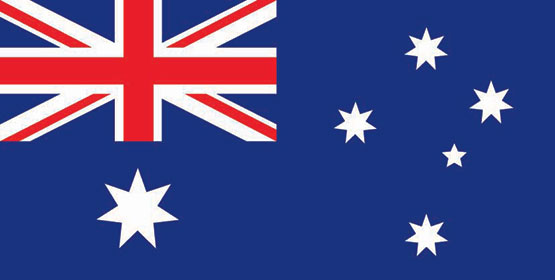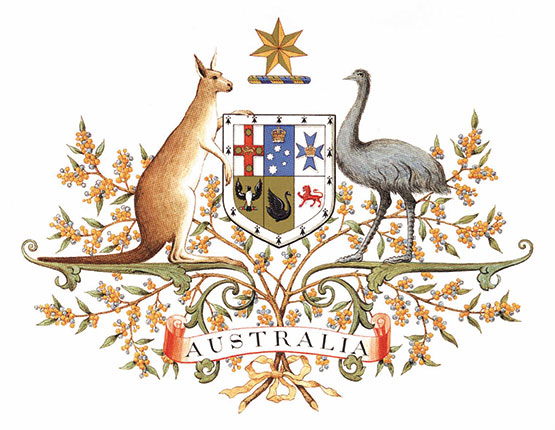The Commonwealth of Australia |
Australia is a stable, culturally diverse and democratic society with one of the strongest performing economies in the world. With an estimated population of more than 22.5 million, Australia is the only nation to govern an entire continent. It is the earth's biggest island and sixth-largest country in the world in land area, about the size of mainland United States and one and a half times the size of Europe. Australia is home to one of the world's oldest living cultures. Aboriginal peoples arrived at least 50,000 years, and Torres Strait Islander people 10,000 years, before European settlement. Today, Australia is one of the world's most multicultural countries, a nation rich in Indigenous and immigrant cultures. Over a quarter of Australia's population was born overseas. Australia is a friendly country, and our reputation as a successful and prosperous society has seen us ranked second in the United Nations Development Programme's Human Development Report 2011. Australia has 10 per cent of the world's biodiversity, and a great number of its native plants, animals and birds exist nowhere else in the world. From tropical rainforests in the north, to the deserts of the Red Centre, to the snowfields in its south-east, to the Australian Antarctic Territory, Australia is a vast and varied country. It has many internationally recognised World Heritage sites, including the Great Barrier Reef, Uluru–Kata Tjuta National Park and the Sydney Opera House. |
National Symbols of AUS |
The Australian flag The stars of the Southern Cross represent Australia's geographic position in the Southern Hemisphere. The large Commonwealth star symbolises the federation of the states and territories, and the Union Jack reflects Australia's early ties to Great Britain. Our national colours Australia's national colours are green and gold, the colours of our national floral emblem, the Golden Wattle (Acacia pycnantha Benth). National day Australia Day is celebrated every year on 26 January. The date commemorates the anniversary of the unfurling of the British flag at Sydney Cove in 1788. The coat of arms The Australian coat of arms was granted by King George V in 1912. It consists of a shield containing the badges of the six Australian states, symbolising federation, and the national symbols of the golden wattle, the kangaroo and the emu. By popular tradition, the kangaroo is accepted as the national animal emblem. The golden wattle, Acacia pycnantha Benth, was proclaimed the national floral emblem in August 1988. |




